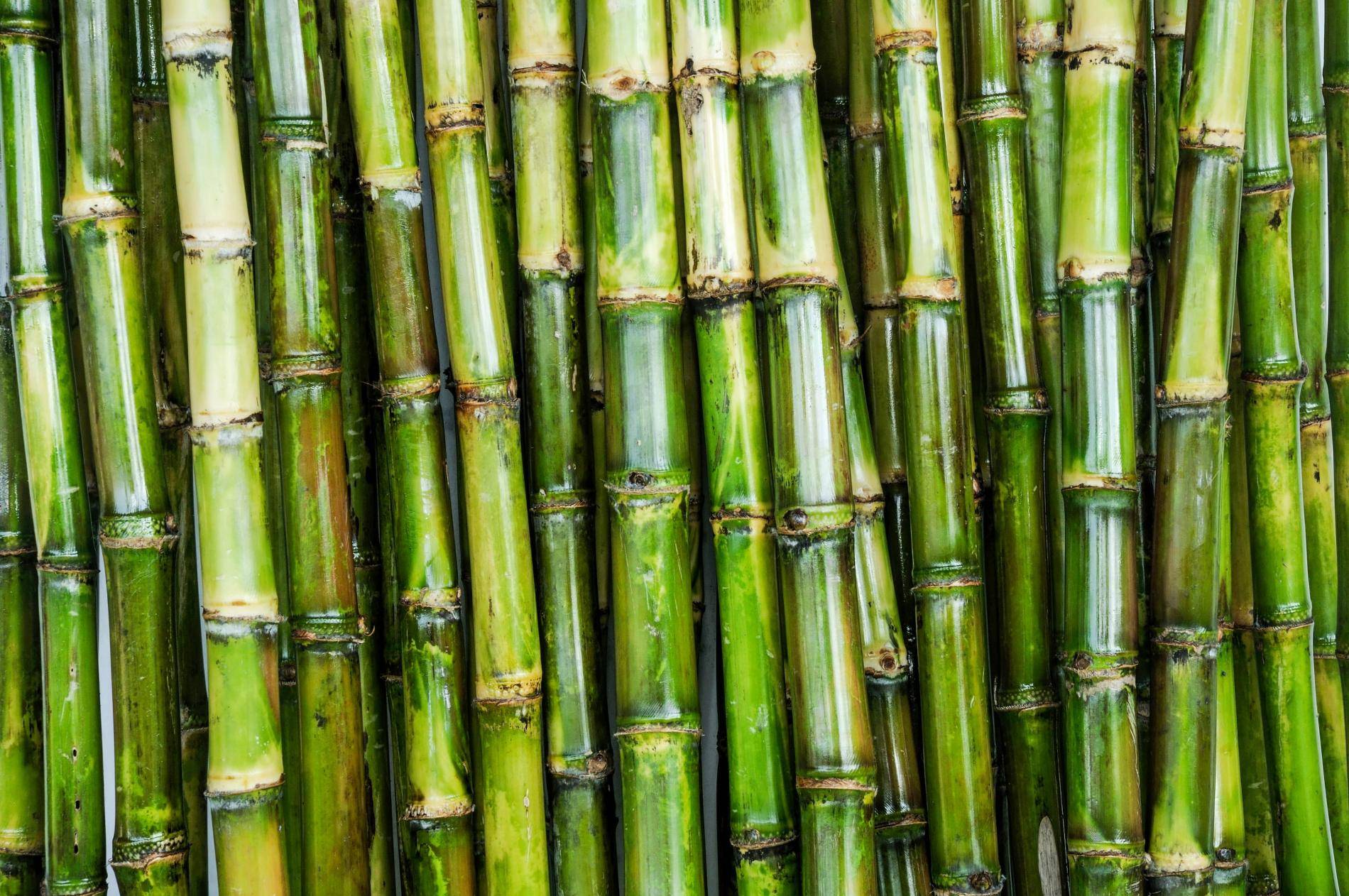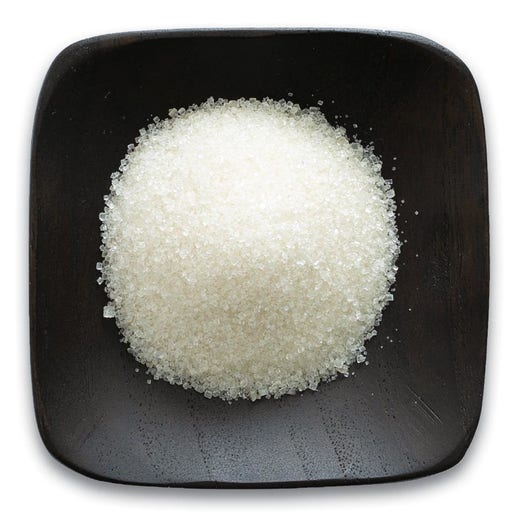Cane Sugar Processing Explained: What Takes Place Inside a Sugar Mill
Cane Sugar Processing Explained: What Takes Place Inside a Sugar Mill
Blog Article
An In-Depth Guide to the Ecological Influence and Sustainability Practices in Walking Stick Sugar Handling
The environmental impact of walking stick sugar handling presents a complex range of obstacles that warrant careful assessment. From dirt deterioration and excessive water use to the carbon footprint associated with growing and production, the repercussions of conventional methods are significant. What certain techniques can be implemented to strike an equilibrium in between efficiency and environmental stewardship?
Review of Cane Sugar Handling
Cane sugar processing involves a series of organized steps that transform sugarcane into polished sugar. At first, collected sugarcane is transported to refining centers, where it undertakes cleaning to get rid of soil and particles. Following this, the walking stick is squashed to draw out juice, which is then made clear by getting rid of impurities via home heating and the enhancement of lime.
The cleared up juice goes through evaporation, where water is gotten rid of to focus the sugar content. These crystals are divided from the remaining syrup utilizing centrifugation, resulting in raw sugar.
The last item is after that dried and packaged for distribution. Throughout this entire process, maintaining performance and top quality control is vital to make certain the sugar satisfies sector criteria. Each action in walking stick sugar processing not just adds to the last item but also has implications for resource use and waste generation, establishing the phase for discussions on sustainability and ecological effects connected with sugar production.
Environmental Challenges of Production
The manufacturing of walking stick sugar offers a number of significant ecological challenges that warrant interest. One primary issue is the substantial use agrochemicals, including plant foods and chemicals, which can result in soil deterioration, biodiversity loss, and contamination of neighborhood water resources. The runoff from sugarcane fields usually carries these chemicals into close-by ecological communities, interrupting aquatic life and impacting the health and wellness of areas reliant on these water bodies.
One more difficulty is the high energy consumption connected with sugarcane processing. The boiling and refining stages require substantial warm, mainly created by shedding fossil fuels, adding to greenhouse gas emissions. In addition, the extensive land location required for sugarcane farming can result in logging and environment damage, further intensifying climate change and harmful wild animals.
Furthermore, the labor methods in some regions raise ethical worries, as employees may encounter bad working conditions and poor wages. This scenario typically perpetuates a cycle of hardship in neighborhood areas. Cane Sugar Processing. Resolving these ecological difficulties is important for establishing a lot more lasting practices in walking cane sugar manufacturing, ultimately profiting both the atmosphere and the areas associated with this sector
Water and Land Usage Influence
Water resources and land use are critical components in the walking stick sugar sector that substantially influence the setting. The growing of sugarcane requires considerable water input, with estimates recommending that it can eat approximately 2,000 litres of water per kilo of sugar created. This extensive use of water commonly leads to deficiency of neighborhood water resources, influencing not just the sugarcane ranches but additionally surrounding communities and neighborhoods that depend on the same water resources for agriculture and residential usage.

Moreover, land usage for sugarcane growing can lead to helpful resources deforestation and the conversion of all-natural habitats into monoculture haciendas. This technique decreases biodiversity, interrupts neighborhood environments, and adds to soil destruction. The expansion of sugarcane fields typically trespasses on useful agricultural land, developing competitors for sources in between internet food and biofuel manufacturing.
Sustainable techniques, such as optimizing irrigation strategies and executing plant rotation, are important to minimize these impacts. By embracing a lot more reliable water use and land management approaches, the walking cane sugar market can minimize its eco-friendly impact, making sure a balance between farming efficiency and ecological preservation.
Greenhouse Gas Emissions
Greenhouse gas exhausts stand for a considerable ecological worry within the walking cane sugar processing sector, particularly as farming techniques expand to satisfy global demand. The growing of sugarcane, a crop that grows in exotic environments, counts heavily on artificial fertilizers and chemicals, which add to nitrous oxide emissions. Additionally, land-use modifications, including deforestation for new sugarcane plantations, launch carbon dioxide saved in vegetation and dirt.
During handling, power consumption is one more major source of greenhouse gas discharges - Cane Sugar Processing. Numerous sugar mills use nonrenewable fuel sources to power machinery and generate warm, leading to considerable carbon footprints. In addition, the transport of raw sugarcane and completed products adds layers of emissions through fuel burning in cars
The collective impact of these exhausts worsens environment modification, positioning dangers not only to the atmosphere but likewise to the long-lasting practicality of the market. Stakeholders have to identify the immediate requirement for extensive methods that resolve these exhausts. This entails evaluating current farming practices, processing methods, and transportation systems to determine areas for renovation and mitigation. Resolving greenhouse gas exhausts is necessary for cultivating a more lasting cane sugar sector in a transforming environment.

Lasting Practices and Innovations
Sustainable methods and developments are progressively important in the walking stick sugar processing industry as stakeholders seek to minimize ecological impacts while keeping performance. One considerable innovation is the execution of integrated plant management, which enhances resource use by incorporating dirt monitoring, insect control, and crop rotation strategies. This strategy enhances yield while decreasing chemical inputs and maintaining dirt health.
Furthermore, the fostering of renewable resource resources, such as biomass from sugarcane residues, has actually gained grip - Cane Sugar Processing. By transforming waste products into energy, processing facilities can reduce their dependence find out on nonrenewable fuel sources, thereby reducing greenhouse gas emissions
Water administration practices have likewise seen improvements through the recycling and reusing of water in handling plants, significantly minimizing freshwater consumption. Technologies in technology, such as accuracy farming, allow farmers to keep track of plant health and source usage more efficiently, making sure lasting farming techniques.
Furthermore, certification programs like Fair Profession and Rain forest Partnership motivate eco accountable farming practices and advertise social equity within the supply chain. By accepting these lasting methods and innovations, the walking cane sugar processing sector can improve its resilience and contribute positively to ecological stewardship.
Conclusion
The ecological effect of walking cane sugar processing offers significant obstacles, including dirt deterioration, high water intake, and greenhouse gas discharges, together with moral problems associated to labor techniques. Attending to these issues via sustainable methods, such as integrated plant administration, sustainable power adoption, and water recycling, is important. By promoting eco accountable and socially equitable approaches in sugar production, the market can reduce its unfavorable impacts, ensuring an extra sustainable future for both ecosystems and communities associated with this sector.
Walking cane sugar handling entails a series of systematic steps that transform sugarcane right into refined sugar. Each action in walking stick sugar processing not just adds to the last item however also has ramifications for resource usage and waste generation, establishing the stage for conversations on sustainability and ecological influences associated with sugar manufacturing.
Greenhouse gas emissions represent a substantial environmental problem within the walking stick sugar processing industry, especially as farming techniques increase to meet global need.Lasting techniques and advancements are significantly essential in the walking cane sugar processing industry as stakeholders seek to lower environmental influences while maintaining performance.The ecological effect of walking stick sugar handling provides substantial obstacles, consisting of soil destruction, high water consumption, and greenhouse gas discharges, alongside ethical issues associated to labor methods.
Report this page